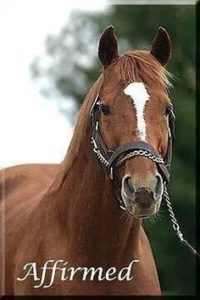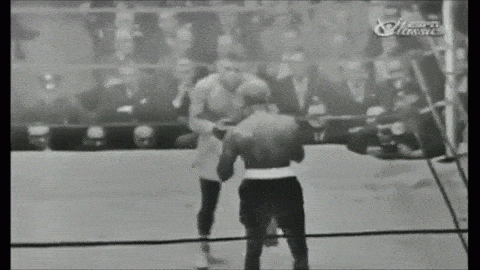In Ortiz v. Jordan, 562 U.S. 180 (2011), the Supreme Court “held that an order denying summary judgment on sufficiency of the evidence grounds is not apealable after a trial …. a party who wants to preserve a sufficiency challenge for appeal must raise it anew in a post-trial motion.”
In Dupree v. Younger, No. 22-210 (May 25, 2023): “The question presented in this case is whether this preservation requirement extends to a purely legal issue resolved at summary judgment. The answer is no.
That distinction makes sense and should help avoid unnecessary disputes about preservation. There will, however, be disputes about “sufficiency” questions that turn on points of law; as illustrated by the longstanding definition of a “no evidence” appeal issue in Texas state practice:
“No evidence” points must, and may only, be sustained when the record discloses one of the following situations: (a) a complete absence of evidence of a vital fact; (b) the court is barred by rules of law or of evidence from giving weight to the only evidence offered to prove a vital fact; (c) the evidence offered to prove a vital fact is no more than a mere scintilla; (d) the evidence establishes conclusively the opposite of the vital fact.
City of Keller v. Wilson, 168 S.W.3d 802 (Tex. 2005).




